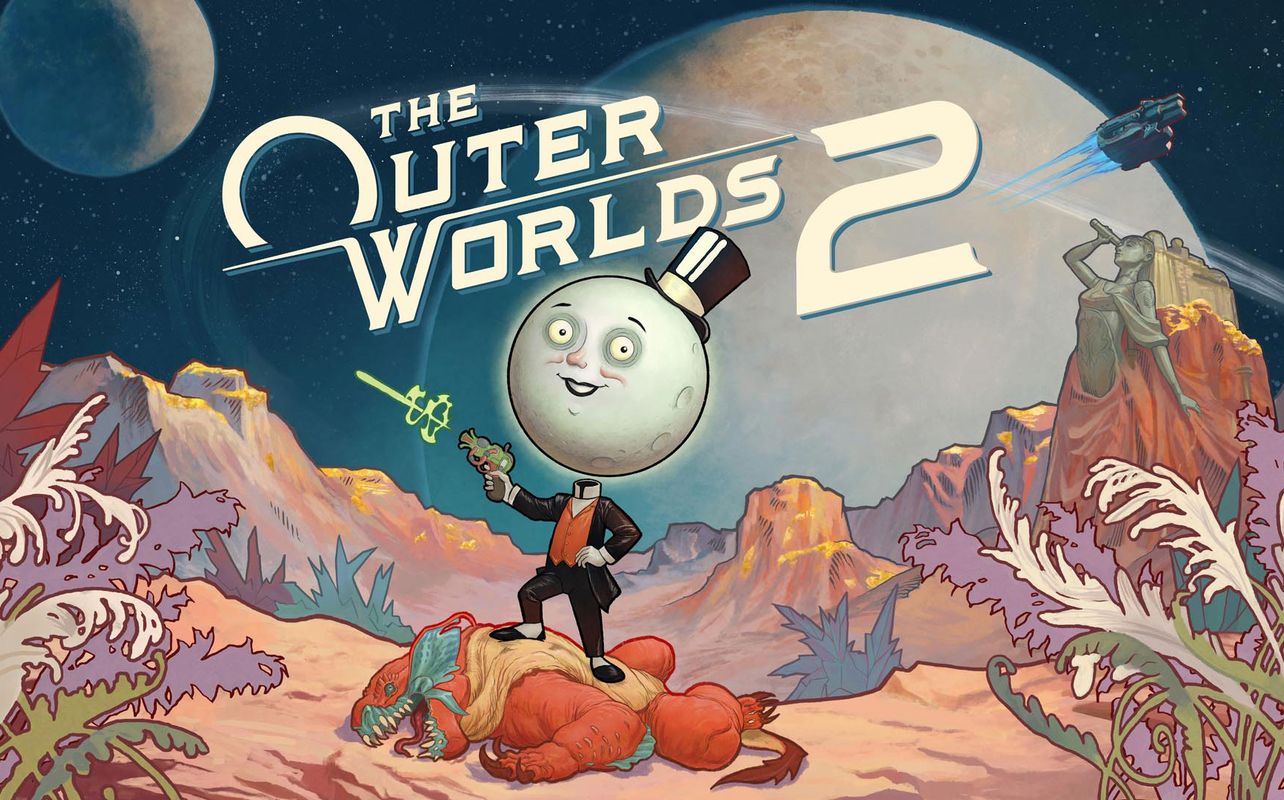
It’s been six years since Obsidian first took us to the far reaches of space in The Outer Worlds. That first trip was a mix of sharp writing, corporate satire, and chaotic sci-fi energy that stuck with me long after the credits. Now, Obsidian Entertainment, under Xbox Game Studios, is back with The Outer Worlds 2. The result feels like a team that’s learned from experience and refined what worked, while keeping its signature humor intact.
This sequel takes the familiar structure of the first game and rebuilds it with a stronger sense of purpose. You return to a universe where corporations still run everything, but the tone is more grounded. The jokes are still there, just smarter and less over the top. It’s the kind of change that makes the story feel more believable without losing that Obsidian charm.
From the opening mission, The Outer Worlds 2 shows confidence. The writing, pacing, and presentation all come together in a way that makes you want to keep exploring. It’s not trying to reinvent the genre. It just wants to be a better version of itself, and that’s exactly what it does.
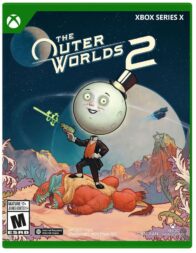
The Outer Worlds 2 details
Platform(s): Xbox Series X|S, PS5 and PC
Developer(s): Obsidian Entertainment
Publisher(s): Xbox Game Studios
Genre: Action role-playing
Modes: Single-player
ESRB Rating: M (Mature 17+)
Across the rift
In The Outer Worlds 2, you take on the role of a Commander for the Earth Directorate, a group caught between duty and bureaucracy. When a mission to the distant colony of Arcadia goes wrong, a massive rift tears through space, threatening to destroy everything nearby. Ten years later, you’re pulled out of cryostasis and thrown back into a solar system on the brink of collapse. The story wastes no time reminding you that in this universe, every decision carries weight.
Arcadia feels more alive than Halcyon ever did. It’s a collection of planets and stations ruled by clashing factions, each with its own motives. Auntie’s Choice, The Protectorate, and The Order of the Ascendant all fight for control, each believing they can fix the chaos their greed helped create. These groups drive most of the major quests, and who you side with shapes the outcome.
You’ll recruit six companions along the way, each with their own views and loyalties. Some clash openly, others quietly question your choices, and that tension gives your journey a stronger emotional pull. The biggest difference from the first game is the tone. It still pokes fun at corporate absurdity, but the humour is more subtle. Instead of constant jokes, conversations feel sharper and more grounded. I liked the shift. It makes the world easier to take seriously, even when things get weird.
Early on, I found myself stuck between helping a desperate scientist and obeying my superior’s orders. I hesitated longer than I expected, realizing how well the writing can make even small choices feel personal. Moments like that define The Outer Worlds 2. Every decision feels like a thread pulling at something larger, and watching how those choices ripple through Arcadia is what makes the story worth following.
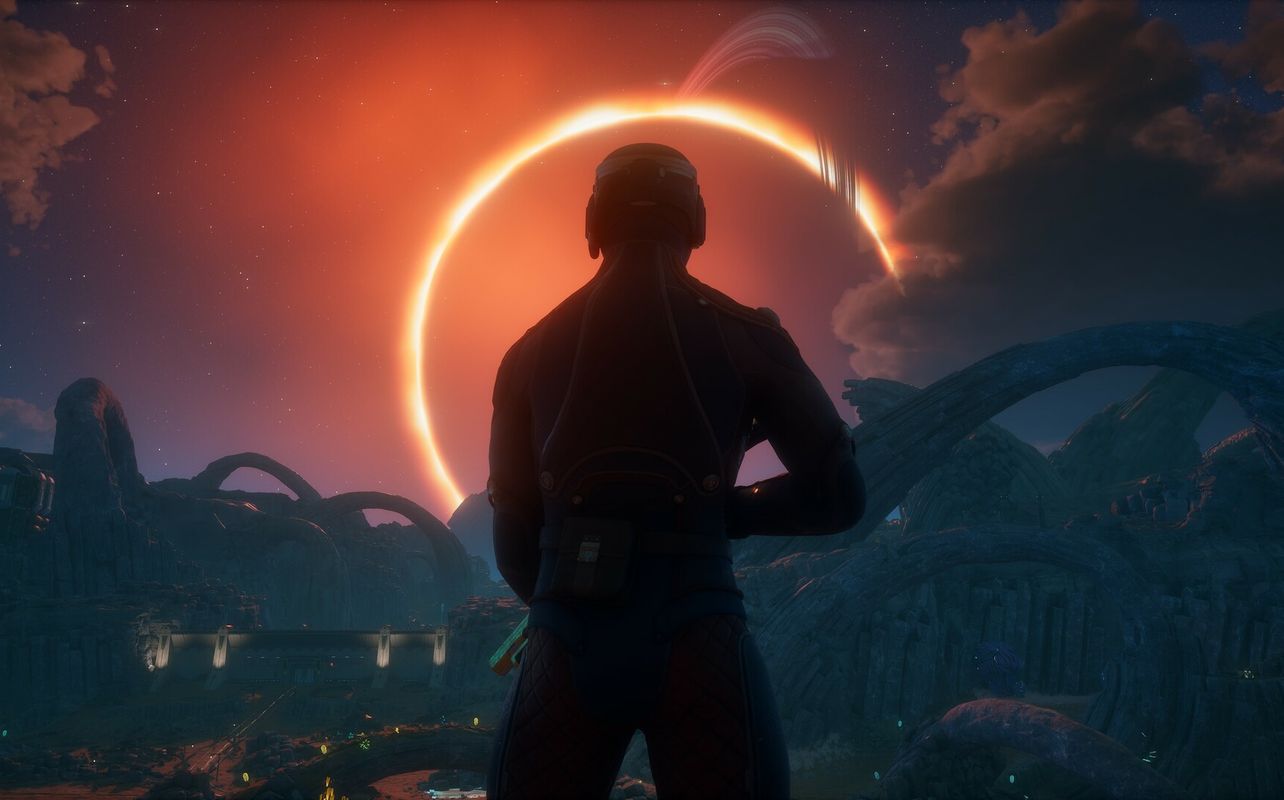
Choices, combat, and consequences
The Outer Worlds 2 gameplay builds on the foundation of the first game, offering smoother combat, smarter gameplay, and more ways to solve problems. You can approach most missions through dialogue, stealth, or direct action, and the game rewards you for mixing them up. Every skill point matters, and it’s easy to see the results of your build in how conversations unfold or how efficiently you handle a firefight.
The updated skill and perk system keeps things simple but meaningful. Each level grants points to invest in Speech, Science, Leadership, and other categories, which affect both combat and exploration. The new Flaw system also returns, letting you accept trade-offs that reshape your playstyle. Take one too many hits from plasma weapons, and you might unlock a permanent weakness in exchange for a useful perk. It’s a clever way of encouraging experimentation while keeping each run unpredictable.
Combat feels more refined than before. Weapons hit harder, enemies react faster, and gadgets add a layer of creativity. The Tactical Time Dilation gadget slows time to help you land precision shots, while others, like Auntie’s Acidic Dematerializer, let you melt enemies into vapor. Mixing ranged and melee attacks keeps things fast and fluid, especially with companions assisting in battle.
Later in the campaign, I found myself pinned down in a research facility as mercenaries closed in from every direction. I triggered Time Dilation, lined up a plasma shot, and barely made it out with a sliver of health. It was messy, chaotic, and fun, the kind of fight that shows how well everything in the game fits together to keep combat unpredictable. Whether you’re talking your way out of a bad deal or fighting through a chaotic shootout, The Outer Worlds 2 keeps you thinking on your feet. Every encounter feels connected to your decisions, making each victory or failure feel earned.
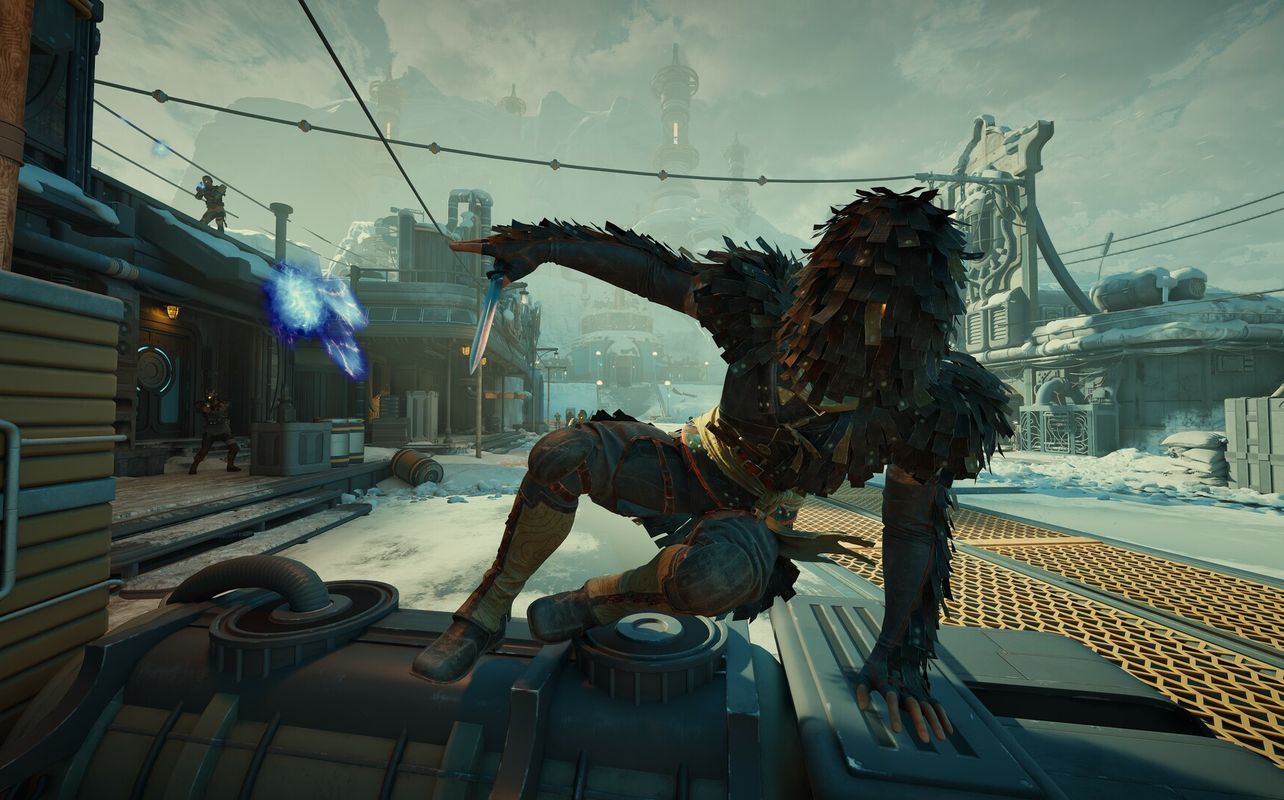
Worlds in motion
The Outer Worlds 2 looks and runs noticeably better than its predecessor. Built on Unreal Engine 5, the upgrade is clear from the start. Lighting, reflections, and animation all feel more natural, and Arcadia’s environments look detailed without feeling cluttered. From industrial settlements to busy urban hubs, each area has its own character, and transitions between them are smooth and quick. The improved draw distance also helps the world feel larger even though the game still uses distinct zones instead of one continuous map.
On Xbox Series X, the experience feels consistent. The game offers balanced and performance modes, both maintaining steady frame rates throughout my time with it. Load times are short, and switching between planets or large hubs feels quick. There were minor drops in heavily populated areas, but nothing that broke the flow. The menus respond quickly, and weapon handling feels precise, especially in first-person.
Character animation and facial expressions have also improved. Companions react more believably during dialogue, and small details like shifting posture or eye movement make conversations feel grounded. The voice acting across the cast is strong, with performances that sell the world’s dry humour and occasional absurdity without going overboard. The soundtrack fits the setting well. Subtle ambient tracks support quieter exploration, while orchestral swells hit at the right moments during combat. It never distracts, and the sound mix balances dialogue and effects cleanly.
Overall, The Outer Worlds 2 feels polished and confident in presentation. The visuals, performance, and sound all work together to support the story rather than overshadow it, giving the game a smooth, cinematic flow that matches Obsidian’s best work.
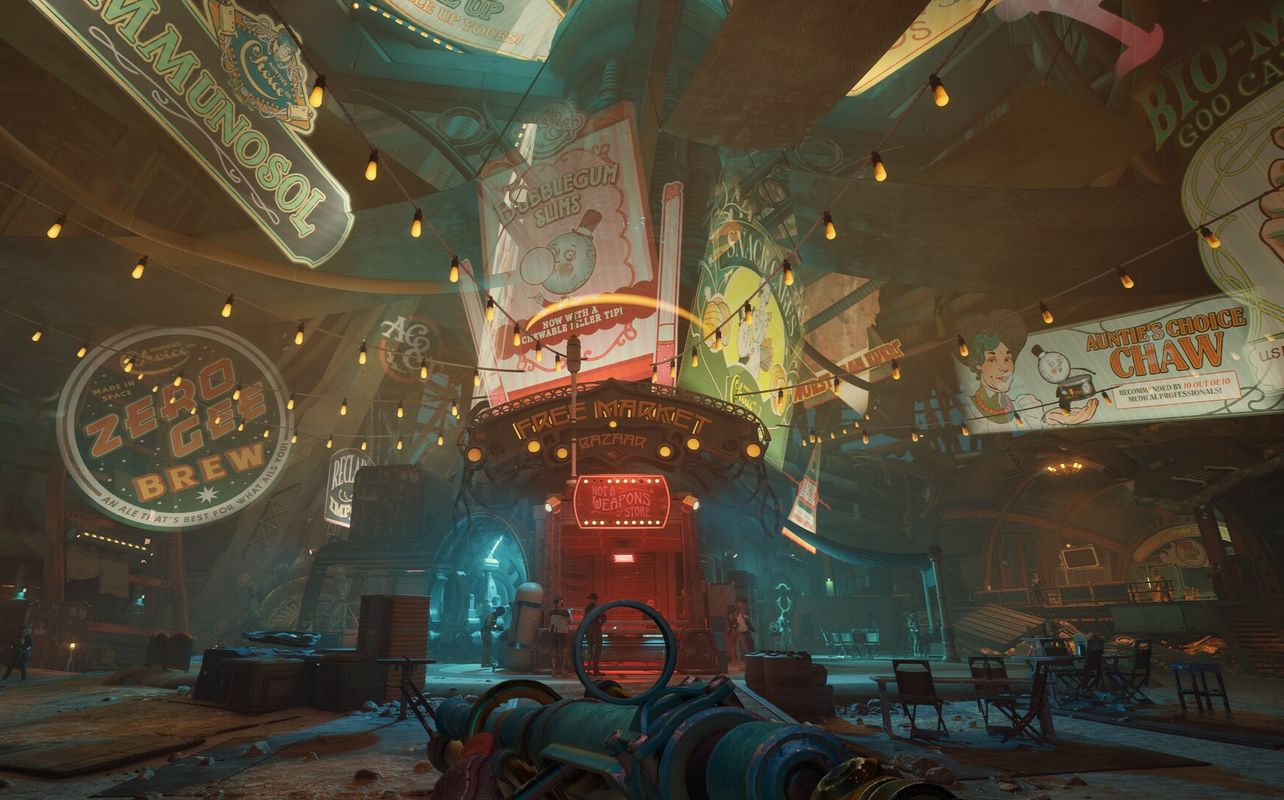
The Outer Worlds 2 builds on what matters most and delivers
The Outer Worlds 2 is everything a sequel should be. It expands on the first game’s strengths while smoothing out its rough edges. The result is a more confident RPG that feels like Obsidian at its best. The writing is sharp, the world feels cohesive, and the choices you make carry genuine weight. It doesn’t try to reinvent its formula, and that restraint works in its favour.
| Pros | Cons |
|---|---|
| Improved combat that’s smoother and more responsive. | Early pacing feels slow. |
| Sharp writing that makes every decision feel meaningful. | Fewer big surprises compared to the first game. |
| Balanced tone between humour and seriousness. | Limited exploration due to zoned maps. |
| Strong companion interactions that enhance story depth. |
The slower pacing early on might throw off anyone expecting constant action, but the story and gameplay both grow stronger the deeper you go. Each faction quest reveals something new about Arcadia and the people trying to survive there. The balance between humour and seriousness hits the right spot, keeping the tone consistent without losing the personality that made the first game stand out.
What impressed me most was how natural everything felt once it clicked. Missions flowed together, side stories connected neatly to main objectives, and small dialogue moments added context that stuck with me. I also appreciated how easy it was to slip back into this world. After spending hours chasing corporate schemes and moral grey areas, I felt the same sense of satisfaction that the original delivered, only refined.
Overall assessment of The Outer Worlds 2
Gameplay: 4.5/5
Graphics: 4/5
Sound: 4.5/5
Lasting appeal/Replayability: 4/5
Overall rating: 4.3/5 (86%)
Obsidian’s focus on choice-driven storytelling and flexible gameplay pays off again here. The Outer Worlds 2 doesn’t just revisit old ideas; it proves they still work when handled with care. For returning fans or anyone looking for a strong RPG with personality, this is a trip worth taking.
Click here to see the full line of video game software available at Bestbuy.ca
Click here to see digital video game downloads offered at BestBuy.ca





